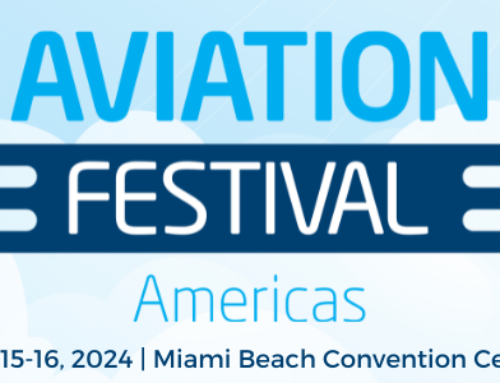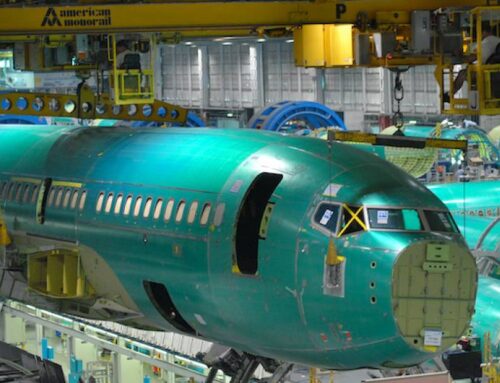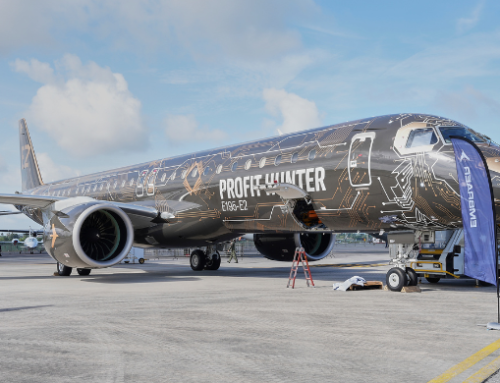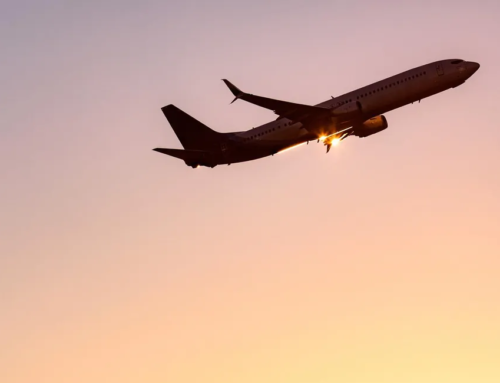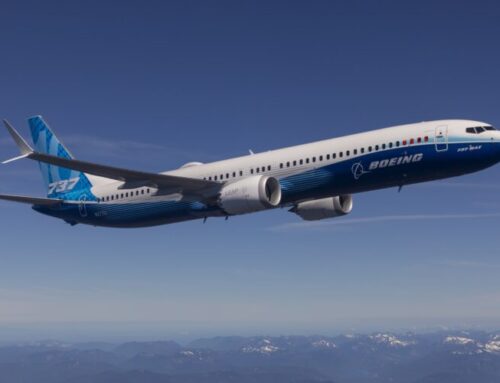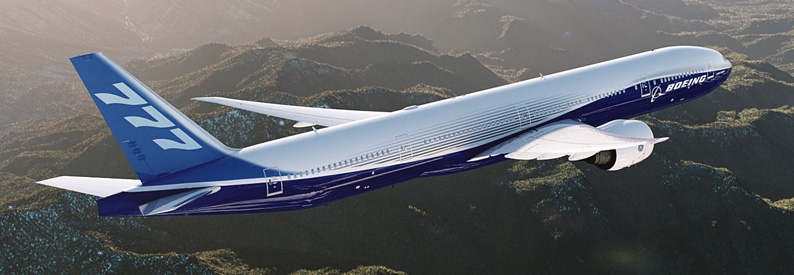
Boeing is making significant strides in the certification process of the 777X, focusing on addressing design aspects and regulatory requirements. The recent completion of VMU (velocity minimum unstick) testing on the 777-9 marks an important milestone in this endeavor.
The company has diligently responded to inquiries from the European Union Aviation Safety Agency (EASA) and the Federal Aviation Administration (FAA) regarding new design elements of the 777X, including the flight control system’s redundancy. With these responses in place, Boeing is now poised to commence the certification process once the FAA grants permission for testing.
While the 777-9, which is making its debut at the Paris Air Show, targets entry into service in 2025, its timeline has been impacted by various factors, such as the global pandemic and heightened regulatory scrutiny following the 737 MAX accidents in 2018 and 2019. The aircraft’s presence at the air show coincides with Boeing’s anticipation of receiving type inspection authorization (TIA) from the FAA, a significant step that will mark the formal initiation of the certification process.
Justin Hale, Boeing’s 777X customer leader and product marketing director, affirms the readiness of the airplane for TIA, with the three active development aircraft already accumulating around 3,000 flight hours and 1,000 cycles. The fourth aircraft is currently undergoing interior refurbishment before joining the test campaign later this year.
Extensive testing has been conducted, including the validation of components aimed at addressing regulatory concerns regarding potential common mode failures in the 777X flight control system. Hale emphasizes that these tests have been crucial for qualifying the relevant parts. While technical exchanges with the FAA are routine in any Boeing certification project, direct queries from EASA are less common, highlighting the significance of their satisfaction. Rebuilding confidence and cooperation between the U.S. and EASA brings the bilateral relationship back on track, facilitating smoother progress in the certification process.
The 777-9 airplane is set to undergo proving runs with Emirates, the Dubai-based airline, in the coming year. This development follows a collaborative agreement between the aircraft manufacturer, Boeing, and General Electric (GE), the engine provider, granting Emirates the opportunity to participate in a crucial phase of the 777X program.
Emirates holds the distinction of being Boeing’s largest customer for the new widebody jet, with an impressive order of over 100 aircraft. This partnership solidifies Emirates’ commitment to incorporating the advanced features and capabilities of the 777-9 into its fleet.
To continue advancing the program, upcoming tests will focus on crucial aspects such as minimum landing distance, braking system performance, stability and control, ride quality, and engine performance. The dedicated team of experts, including experimental test pilot Heather Ross, has successfully completed takeoff performance and VMU testing, reducing potential risks and ensuring essential milestones are met. Ongoing efforts will include further testing of takeoff and landing performance, as well as stability and control, with the integration of updated software for flight controls.
The 777X certification process necessitates compliance with international standards, and while FAA TIA does not depend on EASA’s approval of the certification basis, international alignment remains crucial for the program’s advancement. Reestablishing agreement with EASA follows the standard bilateral convention between the U.S. and Europe, wherein each regulatory authority approves the validating authority’s system without further technical involvement or approval.
Boeing’s dedicated focus on rigorous testing, compliance, and cooperation with regulatory agencies demonstrates its commitment to delivering a safe and efficient aircraft in the form of the 777X.

